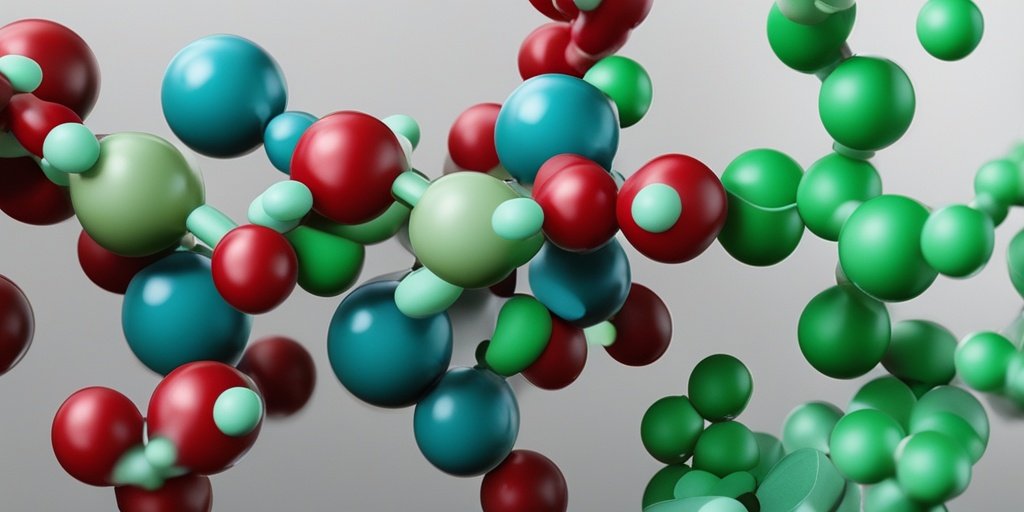⚡ Quick Summary
This article explores the use of in silico tools to predict and evaluate cholesterol-protein interactions, highlighting the challenges posed by cholesterol’s unique properties. The study reviews various methodologies, including molecular docking and artificial intelligence approaches, to enhance our understanding of cholesterol’s role in health and disease.
🔍 Key Details
- 🔬 Focus: Cholesterol-protein interactions
- 🛠️ Tools Reviewed: Molecular docking, molecular dynamics simulations, AI approaches
- 📊 Challenges: Cholesterol’s hydrophobic nature complicates traditional analyses
- 💡 Implications: Insights for drug design and understanding cholesterol-related diseases
🔑 Key Takeaways
- 🧬 Cholesterol plays a crucial role in membrane organization and protein function.
- 🔍 The cholesterol-protein interface is vital for understanding various diseases.
- 🛠️ In silico tools can help predict cholesterol binding sites in proteins.
- 🤖 AI approaches are emerging as powerful tools in this field.
- 📈 Molecular dynamics simulations provide insights into the dynamic nature of cholesterol interactions.
- 💊 Drug design can benefit from a deeper understanding of cholesterol’s role in protein interactions.
- 🌍 The study highlights the untapped potential of cholesterol-protein interactions in human health.

📚 Background
Cholesterol is not just a simple lipid; it has unique structural properties that allow it to perform essential functions in cellular membranes. Its role as a signaling molecule means that it interacts with various proteins, influencing cellular responses. Understanding these interactions is critical, especially given the implications for cholesterol-related diseases and the development of new therapeutic strategies.
🗒️ Study
The authors conducted a comprehensive review of existing in silico tools aimed at predicting and scoring cholesterol-protein interactions. They examined classical methods such as sequence motifs and molecular docking, as well as more contemporary approaches like artificial intelligence and molecular dynamics simulations. This survey aims to provide a clearer picture of how these tools can be applied to study cholesterol’s interactions with proteins.
📈 Results
The review highlights the effectiveness of various methodologies in predicting cholesterol binding sites. While traditional methods have their merits, the incorporation of AI techniques and molecular dynamics simulations shows promise in enhancing the accuracy of predictions. These advancements could lead to significant breakthroughs in understanding how cholesterol interacts with proteins at a molecular level.
🌍 Impact and Implications
The findings from this study have far-reaching implications for both drug design and our understanding of cholesterol-related diseases. By leveraging advanced in silico tools, researchers can gain insights into the cholesterol-protein interface, potentially leading to the development of targeted therapies that address the underlying mechanisms of these diseases. This could ultimately improve patient outcomes and advance our knowledge of cellular biology.
🔮 Conclusion
This article underscores the importance of in silico tools in studying cholesterol-protein interactions. As we continue to explore these methodologies, we can expect to uncover new insights that will enhance our understanding of cholesterol’s role in health and disease. The integration of advanced technologies like AI into this field holds great promise for future research and therapeutic development.
💬 Your comments
What are your thoughts on the role of in silico tools in understanding cholesterol-protein interactions? We invite you to share your insights and engage in a discussion! 💬 Leave your comments below or connect with us on social media:
In Silico Tools to Score and Predict Cholesterol-Protein Interactions.
Abstract
Cholesterol is structurally distinct from other lipids, which confers it with singular roles in membrane organization and protein function. As a signaling molecule, cholesterol engages in discrete interactions with transmembrane, peripheral, and certain soluble proteins to control cellular responses. Accordingly, the cholesterol-protein interface is central to cholesterol-related diseases and is an essential consideration in drug design. However, cholesterol’s hydrophobic, un-drug-like nature presents a unique challenge to traditional in silico analyses. In this Perspective, we survey a collection of tools designed to predict and evaluate cholesterol binding sites in proteins, including classical sequence motifs, molecular docking, template-based strategies, molecular dynamics simulations, and recent artificial intelligence approaches. We then comment on contemporary tools to evaluate ligand-protein interactions, their applicability to cholesterol, and the yet-untapped potential of cholesterol-protein interactions in human health and disease.
Author: [‘Nguyen A’, ‘Ondrus AE’]
Journal: J Med Chem
Citation: Nguyen A and Ondrus AE. In Silico Tools to Score and Predict Cholesterol-Protein Interactions. In Silico Tools to Score and Predict Cholesterol-Protein Interactions. 2024; (unknown volume):(unknown pages). doi: 10.1021/acs.jmedchem.4c01885